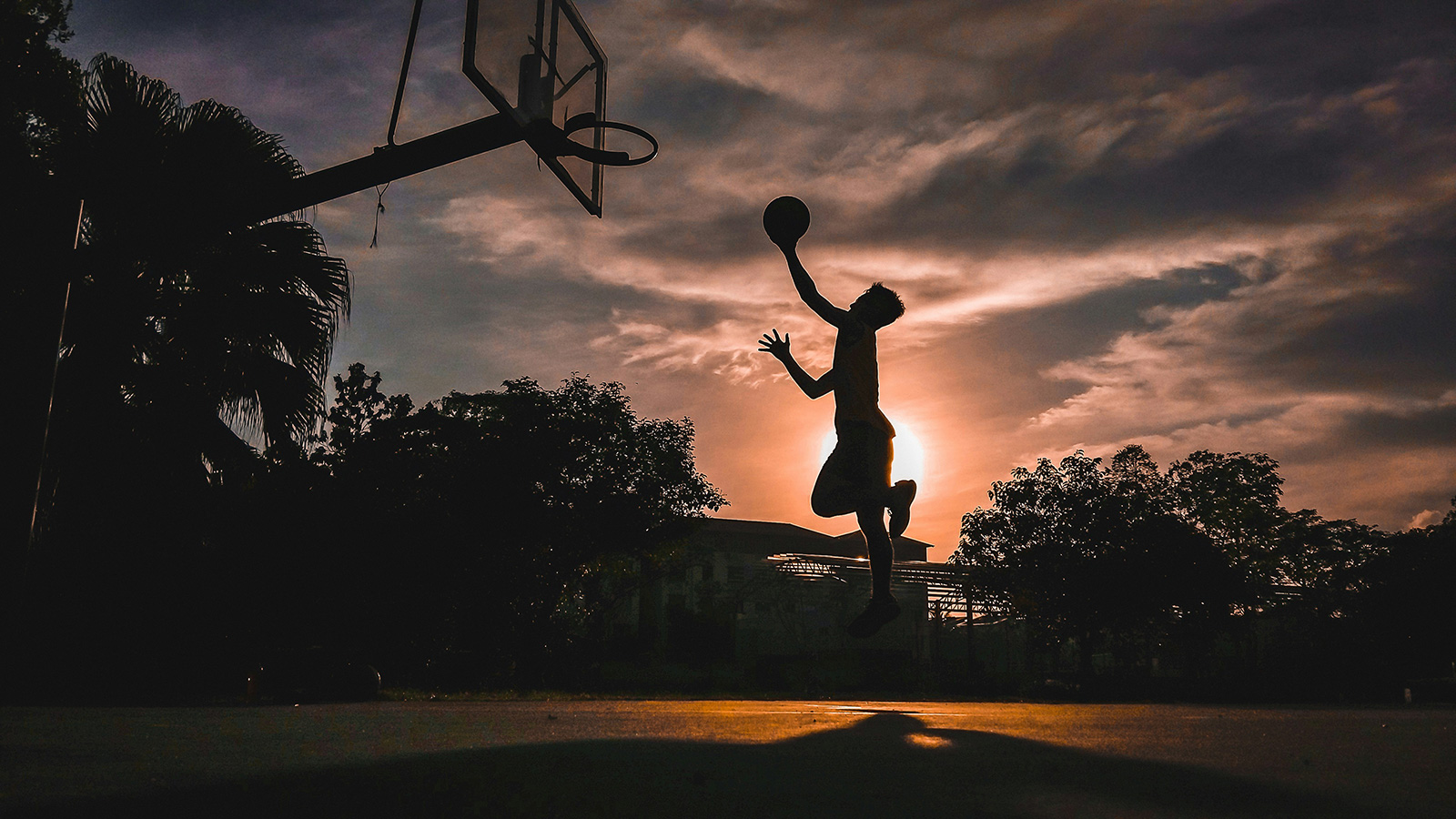Patellar Tendinopathy (Jumpers knee)
POSTED: 02 Feb, 2024
If you’re an athlete who participates in jumping sports like volleyball, basketball, tennis, football ( , https://doi.org/10.2519/jospt.2015.5987) and you’ve been experiencing pain in the front of your knee during activities such as jumping, landing, or changing direction, you might be dealing with a common condition known as patellar tendinopathy, also referred to as jumper’s knee. In this blog post, we’ll explore the clinical aspects of patellar tendinopathy, its impact on athletes, and effective management strategies for a successful return to your sport.
What is Patellar Tendinopathy?
Patellar tendinopathy is characterized clinically by pain and dysfunction in the patellar tendon. It commonly affects athletes engaged in jumping sports, particularly those in adolescence to early middle age.
This condition predominantly affects athletes who engage in sports requiring extensive jumping. Elite adolescent athletes, especially those involved in sports like volleyball, basketball are at a higher risk.
Understanding Tendon Overload
Jumping dynamically loads the knee and places large loads on patellar tendons due to large and repeated requirements of the thigh muscle (quadriceps). These include high volumes of load during training and competition.
Signs and Symptoms
Learn to identify the early warning signs of patellar tendinopathy, Recognising these symptoms early on can aid in prompt intervention and a more successful recovery.
- Pain and tenderness around patellar tendon ( Just below the kneecap)
- “warm-up phenomena”: Where pain may decrease during the game but increase after activity and next morning.
- Swelling
- Pain when bending or straightening the leg
- Pain with jumping, running or even walking
- Tenderness behind the lower part of kneecap.
Diagnosing the Patellar Tendinopathy
- Physiotherapists play crucial role in assessing the extent of the condition, identifying the contributing factors and creating a personalized treatment plan.
- We at Integrate Physiotherapy clinic, perform comprehensive assessments, including testing the strength, range, and biomechanics of the hip, knee, and ankle musculature.
Stages of management
- Comprehensive assessment
- Targeted and graduated strengthening
- Energy storing loading
- Progressively Return to sports/ activity
Conclusion
It can be frustrating to delayed recovery of patellar tendinopathy/Jumper’s knee as it can affect the sporting career, fitness etc. Thankfully, the research has come a long way in last decade, so if you are experiencing ongoing knee pain that you think could be jumper’s knee, book in with our experienced physiotherapists for in depth assessment and treatment.
References
- Malliaras, P., Cook, J., Purdam, C., & Rio, E. (2015). Patellar Tendinopathy: Clinical Diagnosis, Load Management, and Advice for Challenging Case Presentations. The Journal of Orthopaedic and Sports Physical Therapy, 45(11), 887–898. https://doi.org/10.2519/jospt.2015.5987
- Bisseling, R. W., Hof, A. L., Bredeweg, S. W., Zwerver, J., & Mulder, T. (2007). Relationship between landing strategy and patellar tendinopathy in volleyball. British Journal of Sports Medicine, 41(7), e8–e8. https://doi.org/10.1136/bjsm.2006.032565
- Clarke, S. (2020). Book review: Brukner and Khan’s clinical sports medicine, 5th edition, volume 1: Injuries [Book Review] [Review of Book review: Brukner and Khan’s clinical sports medicine, 5th edition, volume 1: Injuries [Book Review]]. Journal of the Australian Traditional-Medicine Society, 26(3), 179-.
Recent News
-
Knee and ACL Injuries
Knee and ACL Injuries Knee injuries, including anterior cruciate ligament (ACL) tears, are prevalent in the athletic community, necessitating a proac...
-
Pelvic Girdle Pain in Pregnancy
🌸 Embrace Every Step of Your Pregnancy Journey with Comfort and Confidence! 🌸 Pregnancy is a miraculous chapter in a woman's life, marked by th...
-
Management strategies for Acute Low back pain
Acute Low back pain Back pain is a widespread and often frustrating experience that can impact people across various lifestyles. Understanding the tr...
